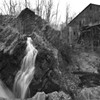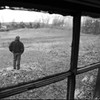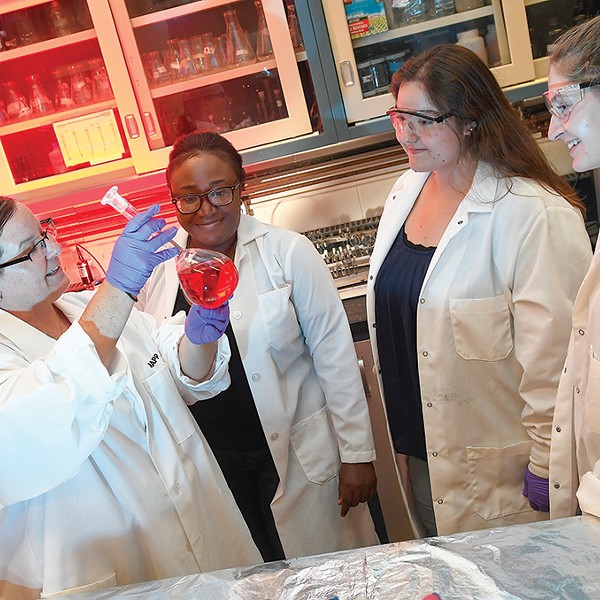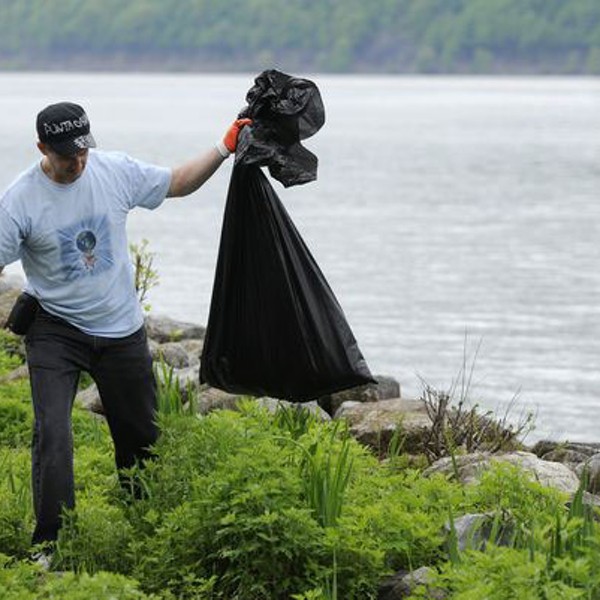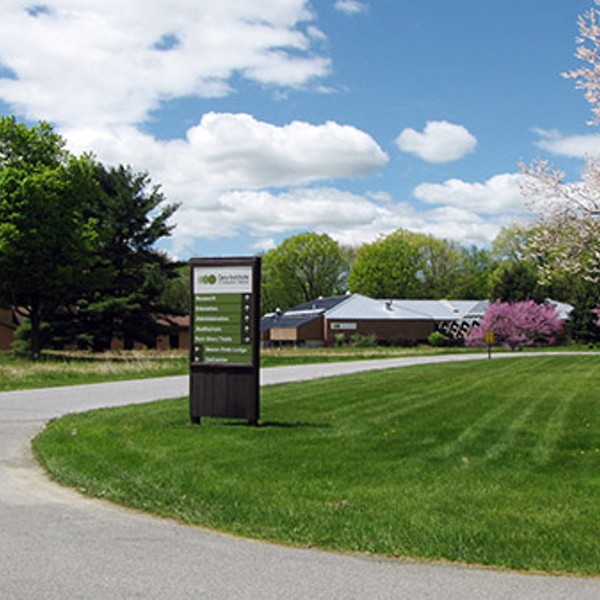The Mohonk Road Industrial Plant Superfund site in High Falls sprang from a septic tank, which for years collected the organic solvent waste of various industrial activities in a 43,000 square foot building. epa says there is “the potential for significant human exposure through inhalation and ingestion of vocs [volatile organic compounds] in contaminated groundwater” and that “soils below ground surface may pose a threat to construction workers if disturbed.” Over 70 homes and businesses that used to draw from the aquifer are using water filters, while millions of gallons of groundwater is extracted and cleaned, and a new water supply system is designed. In addition, thousands of tons of contaminated soil have been moved off to some other unfortunate piece of the planet.
The Ellenville Scrap Iron and Metal facility at 34 Cape Road, once a metal reclamation and battery recycling operation, is a 24-acre wasteland of automobile batteries, deteriorating drums, old tires, and a 40-foot embankment of construction and demolition debris. The contamination of surface water is the worst possible, according to a national ranking by the epa and includes pcbs, benzenes, and phthalates, all of which are designated by epa as carcinogenic and toxic to several organ systems. Some have been detected in the nearby Beer Kill, a fishery and recreational stream, and adjacent residential property. Dozens of other toxins and carcinogens are listed as present at the site.
There are four federally recognized Superfund sites in Dutchess County. The most publicized is the Shenandoah Road site in the Hopewell Junction area of the town of East Fishkill. An aquifer supplying water to approximately 230 homes is contaminated with vocs like pce (tetrachloroethylene) and tce (trichloroethylene), which are extremely toxic and suspected carcinogenic chemicals used as solvents and degreasers in a variety of industrial activities (and in a wide array of household products like cleaners, paints, insecticides, and many more). According to the epa, the source of these chemicals at Shenandoah was a highly contaminated septic tank and several waste pits on the property of an “industrial facility” (epa wording) at 7 East Hook Cross Road. A furious citizen’s group, Concerned Residents of East Fishkill, blames IBM’s nearby East Fishkill facility, and has compiled some disturbing accusations of dumping, spills, and improper soil removals by IBM at that site and others around the country.3
Steve Cole, IBM’s Regional Manager of External Affairs and Media Relations, said in a phone interview that the Concerned Residents misrepresent the issue. “A former contractor in East Fishkill, Jack Manne, Inc., operated a ‘chip rack’ cleaning facility at 7 East Hook Cross Road from the mid-1960s to the mid-1970s. Contamination allegedly occurred from the Manne operation disposing of chemicals directly into the septic system”—something that IBM had no control over. (Concerned Residents says Manne, in an interview with epa, denied even operating the facility.) “A total of 101 water filtration systems have been installed at homes,” Cole continued, “and IBM is funding their operation and maintenance. A Work Plan to study groundwater conditions in the entire area has been prepared by IBM and is currently under review by epa. IBM will fund the installation of a permanent water supply for the Shenandoah Road area and will continue to cooperate fully with the epa in all aspects of the Shenandoah work.” However, the epa passed over the site as one of the new federal Superfund sites, meaning that their contribution to further remediation could be limited to a mere $2.
Dutchess County has three other Superfund sites. One is the Jones Sanitation site, 57 rural acres that served from 1956-1979 as a dump for septic and industrial wastes, including toxic metals, solvents, pigments, phenols, and VOCs like methylene chloride, chloroform, and tce. An estimated 77,000 gallons of liquid industrial waste were poured into the land every month for seven of those years, according to epa data. A subsequent owner “excavated the disposal pits and piled the contents on the ground without a liner.” About a thousand people live within a mile of the site, and wetlands cross the property.
Leaking into the landscape
You get the picture. But federal Superfund sites are just a portion of the pollution woes of our region. There are serious land and groundwater contaminations that have yet to get the “big S” designation. The New York State Department of Environmental Conservation (dec) has an Inactive Hazardous Waste Disposal Site Remedial Program (also called the state Superfund program), which oversees the identification, investigation, and cleanup of sites where “consequential amounts of hazardous waste may exist.” A registry that must be updated annually of such sites is available to the public. (See the sidebar for entries on this list for the Mid-Hudson region.)








